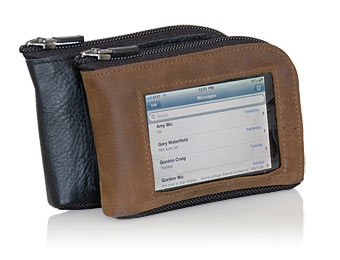While nearly half of all U.S. consumers believe nontraditional providers will drive innovation in the financial services industry, only 38 percent said they would consider a nontraditional provider for future financial services needs, according to a survey (www.theraddonreport.com) from Raddon Financial Group, a provider of financial industry research and trends data.
However, likelihood to use a nontraditional provider such as PayPal, Amazon, Apple or Google broke down sharply along generational lines, with younger consumers much more likely to consider doing so.
“U.S. consumers continue to trust that banks and credit unions will provide them with the highest quality and most secure financial services available, and they believe that the emergence of nontraditional financial service providers has the potential to drive innovation in the industry,” asys Bill Handel, vice president of research, Raddon Financial Group. “Innovation is essential if banks and credit unions want to remain at the center of consumer’s financial lives, as younger consumers have no qualms about going elsewhere if their demand for digital and mobile financial services are not being met.”
The Raddon Financial Group consumer survey was conducted in February 2015 and explores attitudes among four generations towards traditional and nontraditional providers.
While 49 percent of all consumers believe nontraditional providers will have an impact on how all providers deliver financial products and services, only 38 percent said they would consider using a nontraditional provider. When asked which nontraditional providers they are most likely to use, 26 percent said PayPal, 19 percent said Amazon, 16 percent said Apple and 16 percent said Google.
Among all consumers, 51 percent say they will only use a traditional provider. However, there is a considerable divide between older and younger generations on this preference. While only 29 percent of Traditionalists say they would consider using a nontraditional provider for future financial services needs, 41 percent of Baby Boomers, 62 percent of Generation Xers and 66 percent of Millennials are open to the idea.
Optimism about the growth of mobile payments also broke down along generational lines. Twenty percent of consumers expect mobile payments to become a major source of in-store payments in five years; 10 percent of Traditionalists, 19 percent of Baby Boomers, 17 percent of Generation Xers and 32 percent of Millennials agree.



